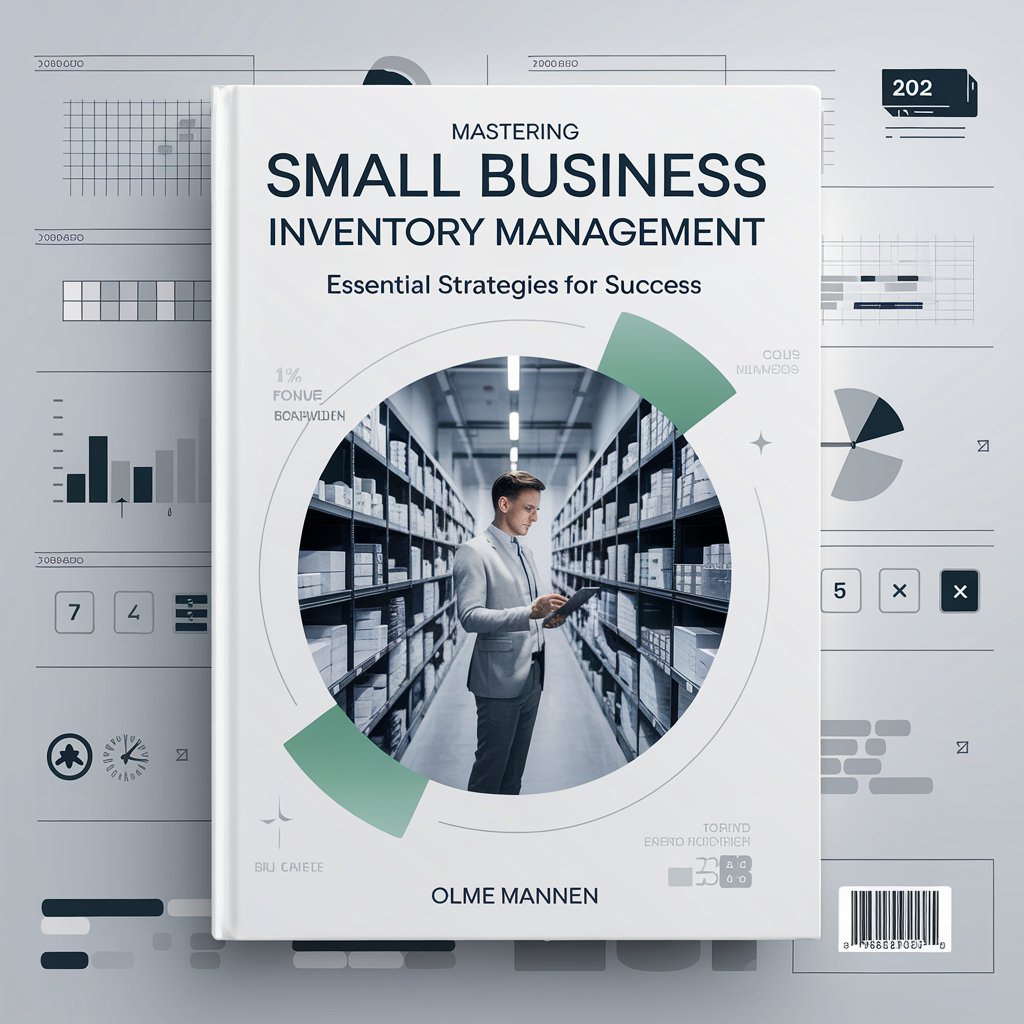Small Business Inventory Management: Essential Strategies for Success

Understanding the Importance of Small Business Inventory Management
Before diving into strategies, it’s crucial to understand why inventory management is so vital for small businesses:
- Cost Control: Effective inventory management prevents overstocking, reducing storage costs and the risk of obsolete inventory.
- Cash Flow Optimization: By avoiding excess inventory, you free up cash for other business needs.
- Customer Satisfaction: Proper stock levels ensure you can meet customer demand promptly.
- Informed Decision Making: Good inventory data helps you make better purchasing and sales decisions.

Essential Strategies for Small Business Inventory Management
1. Implement a Robust Inventory Management System
Investing in a reliable inventory management system is crucial. This could range from a simple spreadsheet for very small businesses to more sophisticated software solutions as you grow. Look for features like:
- Real-time inventory tracking
- Automatic reorder alerts
- Sales and purchase order integration
- Reporting and analytics capabilities
2. Categorize Your Inventory
Use the ABC analysis method to categorize your inventory:
- A Items: High-value products with low sales frequency
- B Items: Moderate value products with average sales frequency
- C Items: Low-value products with high sales frequency
This categorization helps you prioritize your management efforts and resources.
3. Establish Par Levels Small Business Inventory Management
Set minimum and maximum inventory levels for each product. This helps automate your reordering process and prevents stockouts or overstocking. Consider factors like:
- Lead time from suppliers
- Seasonal demand fluctuations
- Storage capacity
4. Use the First-In, First-Out (FIFO) Method
FIFO ensures that your oldest stock is sold first. This is particularly important for perishable goods but is a good practice for all inventory types to prevent obsolescence.
5. Conduct Regular Inventory Audits
Schedule regular physical counts of your inventory. This helps:
- Identify discrepancies between your records and actual stock
- Detect theft or loss
- Ensure accuracy in your inventory management system
For smaller businesses, a full audit might be feasible monthly or quarterly. Larger operations might opt for cycle counting, auditing a portion of inventory on a rotating schedule.
6. Optimize Your Supply Chain
Build strong relationships with your suppliers. Consider:
- Negotiating better prices or terms for bulk purchases
- Setting up vendor-managed inventory for key products
- Exploring dropshipping options to reduce your inventory overhead
7. Forecast Demand Accurately
Use historical sales data, market trends, and upcoming promotions to forecast demand. Accurate forecasting helps you:
- Stock the right amount of inventory
- Plan for seasonal fluctuations
- Avoid stockouts during peak times
8. Embrace Just-in-Time (JIT) Inventory
Where possible, implement a JIT inventory system. This involves ordering stock only when it’s needed, reducing storage costs and minimizing waste. While challenging to perfect, even partial implementation can significantly improve your inventory management.
9. Utilize Technology for Tracking
Implement barcode or RFID systems for tracking inventory. This improves accuracy and efficiency in your stock counts and order fulfillment processes.
10. Monitor Key Performance Indicators (KPIs)
Regularly track and analyze important inventory KPIs such as:
- Inventory turnover ratio
- Sell-through rate
- Gross margin return on investment (GMROI)
- Days of inventory on hand
These metrics provide insights into the efficiency of your inventory management and areas for improvement.
11. Train Your Staff for Small Business Inventory Management
Ensure all relevant staff members are trained in your inventory management procedures. This includes:
- Proper data entry techniques
- Understanding the importance of accuracy
- Knowledge of your inventory management software
12. Plan for Contingencies
Develop contingency plans for various scenarios:
- Supplier delays or shutdowns
- Unexpected spikes in demand
- Natural disasters affecting your supply chain
Having these plans in place helps you react quickly to disruptions.

Leveraging Technology for Better Inventory Management
As your business grows, leveraging technology becomes increasingly important for effective inventory management. Here’s how technology can help:
- Cloud-Based Solutions: Allow real-time access to inventory data from anywhere, facilitating better decision-making.
- Mobile Applications: Enable staff to update inventory on the go, improving accuracy and efficiency.
- Integration with E-commerce Platforms: Automatically update inventory levels across all sales channels.
- Predictive Analytics: Use AI and machine learning to improve demand forecasting and optimize stock levels.
- IoT Devices: Implement smart shelves or RFID tags for real-time, automated inventory tracking.

Common Pitfalls to Avoid
While implementing these strategies, be aware of common inventory management mistakes:
- Overreliance on Software: While technology is crucial, it shouldn’t replace human oversight and common sense.
- Ignoring Slow-Moving Items: Regularly review and potentially liquidate slow-moving stock to free up capital and space.
- Neglecting Staff Training: Ensure ongoing training as you implement new systems or processes.
- Failing to Adapt: Regularly review and adjust your inventory management strategies as your business grows and market conditions change.

Conclusion
Effective inventory management is a cornerstone of small business success. By implementing these strategies and continuously refining your approach, you can optimize your inventory levels, reduce costs, and improve customer satisfaction. Remember, good inventory management is an ongoing process that requires attention and adaptation as your business evolves.
How Linbis Can Help
As you work to improve your small business inventory management, consider partnering with Linbis for your logistics software needs. Linbis specializes in creating custom logistics solutions tailored to the unique needs of small businesses. Whether you need a comprehensive inventory management system, dispatch software, or specialized trucking company software, Linbis offers both out-of-the-box solutions and custom development services.
By leveraging Linbis’s expertise in logistics software development, you can streamline your operations, improve inventory accuracy, and make data-driven decisions to grow your business. While Linbis provides powerful tools, remember that the success of your inventory management ultimately depends on implementing solid strategies and consistently applying best practices.
